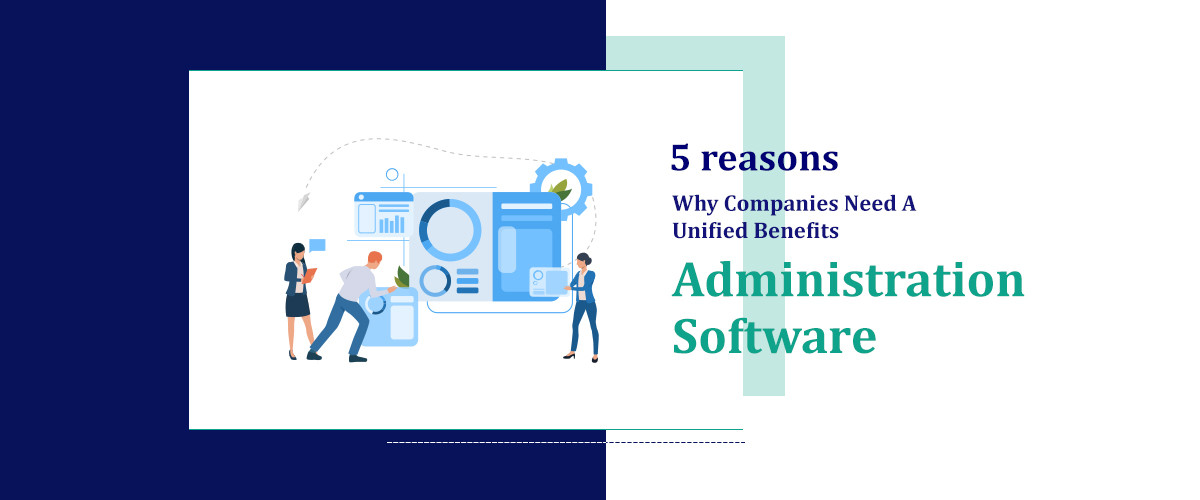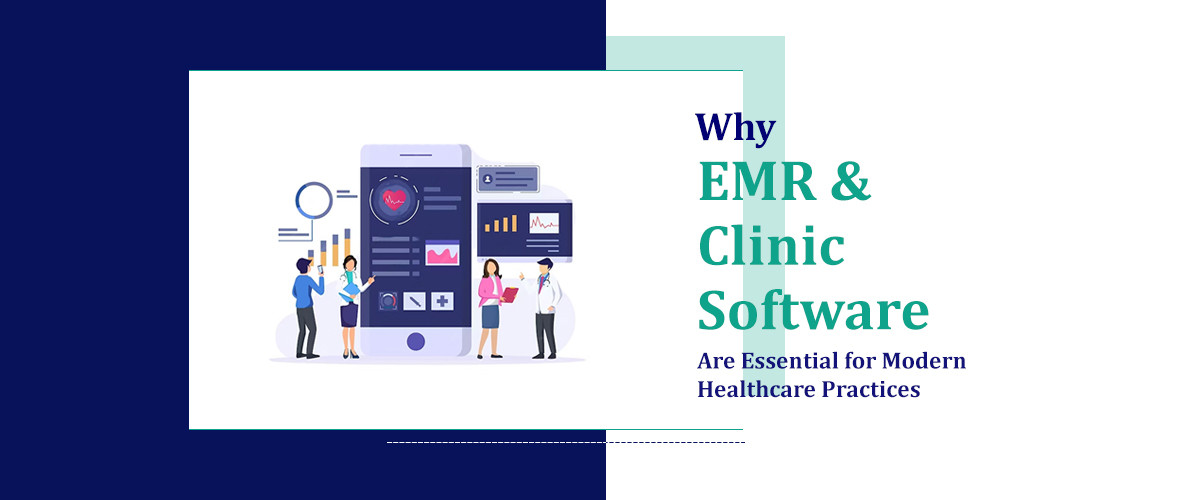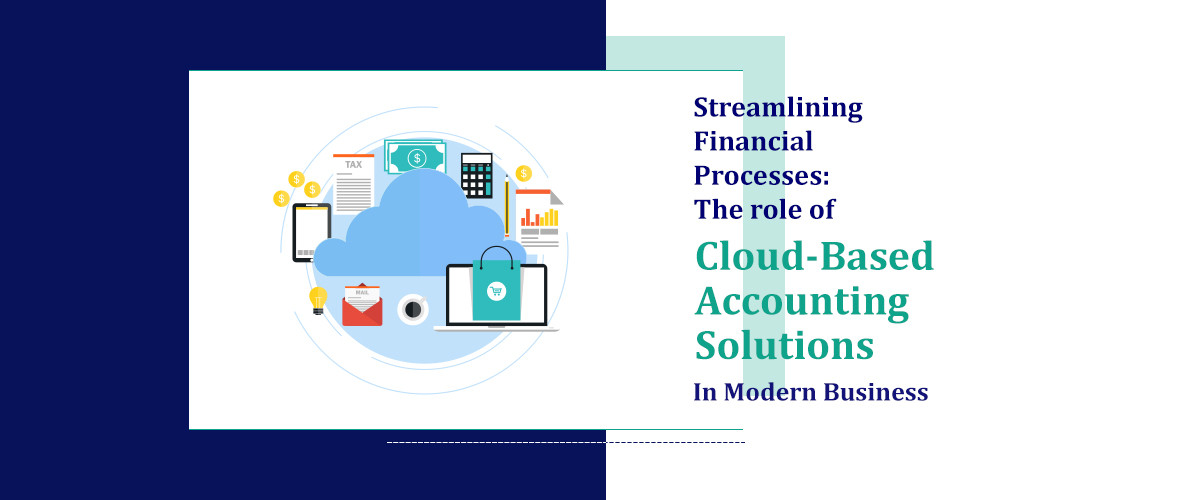What we'll cover
Human Resources (HR) professionals often juggle multiple roles: from talent acquisition strategists to employee experience advocates. One area that has grown increasingly complex is benefits administration, as it directly affects an employee's health and overall well-being while being a significant portion of a company's budget. In response to the demand for efficient, integrated, and employee-friendly processes, unified Benefits administration software USA is becoming an indispensable tool for companies of all sizes.
What is Benefits Administration Software?
Benefits Administration Software is a digital platform designed to manage and facilitate the various facets of employee benefits within an organization. This type of software simplifies the complex processes associated with managing employee benefits, including health insurance, retirement plans, leave balances, and other perks. It serves as a central hub for both HR departments and employees, allowing for easy enrollment in benefits programs, tracking of coverage details, and ensuring compliance with relevant regulations. By automating many of the administrative tasks related to benefits, this software ultimately helps organizations improve operational efficiency and provide a better employee experience.
This article dives deep into why such software is a critical investment for modern businesses, exploring five compelling reasons that underscore its value.
Why Benefits Administration Software Important?
Benefits Administration Software has become essential in the USA market, primarily due to its efficiency in managing employee benefits, streamlining HR operations, and ensuring compliance with various federal and state regulations. This software dramatically reduces administrative burdens and errors associated with manual processing. By automating complex processes, it enables companies to offer a more comprehensive and personalized benefits package, enhancing employee satisfaction and retention. Additionally, its ability to provide real-time data analytics helps businesses make informed decisions, adapt to market changes, and maintain a competitive edge in attracting top talent.
Furthermore, Benefits Administration Software is not only beneficial for employers but also for employees. With its user-friendly Artificial intelligence software US to a wide range of benefits information, employees can easily track their benefits usage, make changes to their coverage, and enroll in new programs. This transparency promotes employee engagement and empowers them to take control of their own benefits management.
Moreover, the software also offers a centralized platform for employees to access all their benefits information, simplifying the process and reducing confusion. This eliminates the need for multiple logins and paper-based forms, making the entire benefits administration process more efficient and eco-friendly.
The 5 Reason TO Invest in Benefits Administration Software
1. Enhanced User Experience and Accessibility
Managing benefits is a central part of the HR function, but it often involves intricate, time-consuming tasks that can be a burden on both HR teams and employees. A unified benefits administration solution streamlines this process, elevating the experience for all involved parties.
A Modern, Intuitive Interface
The best software solutions come with a user-centric design, offering Employee monitoring software easy-to-navigate portals to select and manage their benefits. Complex tasks, such as changing health insurance plans or updating their 401(k) contributions, can now be completed with a few clicks. This modern interface fosters engagement and empowerment among employees, who can now manage their benefits on their terms.
Mobile Accessibility
In an age where remote and flexible work arrangements are becoming the norm, mobile accessibility is essential. Employees, whether in the office or in the field, can access their benefits information and make changes from their smartphones. This mobile-driven functionality ensures that benefits are not just a once-a-year concern during open enrollment, but a year-round resource.
2. Integration and Data Accuracy
Benefit administration touches various facets of the HR stack, from payroll and time-off tracking to employee health data. When these systems operate in silos, discrepancies and inefficiencies are bound to arise. Unified software offers a solution by integrating data across departments.
Seamless Data Transfer
Integrated with payroll and other HR systems, benefits administration software can synchronize data effortlessly. This means that when an employee updates their information in one system, the changes are reflected across all platforms, ensuring that all data is up-to-date and accurate.
Analytics and Reporting
Unified benefits software enables HR teams to analyze data from a central dashboard, providing insights into usage patterns and cost trends. These robust analytics allow for better decision-making, such as tailoring benefits to meet the unique needs of different employee demographics, and helps in negotiating better terms with benefit providers.
3. Compliance and Regulatory Support
Navigating the landscape of federal and state healthcare and benefits regulations is a daunting challenge for many HR professionals. Unified benefits administration software can alleviate much of this regulatory burden.
Automated Compliance Checks
The software employs sophisticated algorithms to automatically check for legal compliance, flagging any discrepancies or potential issues before they become a problem. This feature not only saves time but also reduces the risk of costly fines or legal issues.
Prompt Updates for Legislative Changes
When regulations change, software is updated accordingly, ensuring that benefits and administration processes remain compliant. This level of agility is nearly impossible to replicate manually and provides peace of mind to HR teams and company leadership alike.
4. Cost Savings and Operational Efficiencies
Managing benefits can be a substantial cost center for companies, given the expense of the benefits themselves and the resources required to administer them. Unified software tackles this by introducing various efficiencies that translate into tangible financial benefits.
Reduced Administrative Workloads
By automating many administrative tasks, such as processing benefit enrollments and managing claims, HR software teams can refocus their efforts on high-value activities, like talent development and employee retention strategies.
Elimination of Paper and Manual Processes
A digital-first approach to benefits administration eliminates the need for paperwork, reducing the associated costs while supporting environmental sustainability. It also eliminates the likelihood of errors that can result from manual data entry, further driving operational savings.
5. Employee Engagement and Satisfaction
The real value of benefits lies in their impact on employee engagement and satisfaction. Unified benefits administration software plays a crucial role in enhancing these Biometric attendance software.
Personalized Benefits Experience
The software enables a level of personalization that is impossible to achieve through traditional paper documentation or standalone HR systems. Employees can see exactly which benefits are relevant to them, making the package feel tailored to their needs.
Better Support and Communication
Software also facilitates improved communication between HR and employees. Announcements, reminders, and educational material about benefits can be disseminated easily, ensuring that employees are informed and feel supported. This clarity and support around benefits contribute to overall job satisfaction and retention.
Getting Started with Unified Benefits Software
Transitioning to unified benefits administration software is a strategic decision that requires careful planning and consideration. It involves assessing your company's specific needs, comparing different software options, and ensuring a seamless integration into your existing HR ecosystem.
To ensure a successful transition, companies should:
-
Conduct a thorough needs analysis to identify the right features and functionalities required.
-
Engage in a transparent dialogue with Employee referral software USA about the benefits of the new software and any upcoming changes to their benefit administration processes.
-
Provide comprehensive training to HR staff and employees to maximize adoption and utilization of the new system.
Comprehensive benefits administration is no longer a nice-to-have, but a must-have for companies that want to attract, retain, and support their employees effectively. Unified benefits software not only simplifies complex administrative tasks but also empowers HR teams to provide a superior benefits experience. By investing in such a system, businesses can achieve operational excellence, cost savings, and, most importantly, satisfied and engaged employees.
In a fast-evolving job market where employee experience is paramount, unified benefits administration stands as a beacon of modern HR practices. For businesses that want to stay ahead, adopting this software is not just prudent, but pivotal to their success.
Features of Benefits Administration Software
-
Automated Enrollment Processes: Streamlines the enrollment process for new hires and during annual election periods, reducing paperwork and administrative load.
-
Comprehensive Benefits Management: Offers a single platform for managing all types of employee benefits including health, retirement (such as pensions and individual retirement accounts), wellness programs, and more.
-
Employee Self-Service Portal: Empowers employees to manage their benefits, view plan information, and make changes as necessary, enhancing transparency and satisfaction.
-
Compliance Management: Helps ensure compliance with federal and state regulations, reducing the risk of costly penalties and legal issues.
-
Cost Tracking and Reporting: Provides tools for monitoring the financial troubles aspects of benefits packages, including costs to the company and employee contribution levels, offering valuable insights for budgeting and negotiations with providers.
-
Integration Capabilities: Seamlessly integrates with HR, payroll, and other business systems to ensure efficient data exchange and reduce manual data entry errors.
Conclusion
A unified benefits administration software is not just an operational tool but a strategic asset for companies. By affording streamlined processes, enhanced compliance, improved employee satisfaction, actionable insights, and significant cost savings, such platforms empower businesses to focus on growth and innovation. For organizations listed on platforms like SaaS Adviser in the USA, leveraging this technology translates into staying competitive in a dynamic market. It underscores a commitment to both operational excellence and employee well-being, key factors that distinguish market leaders.
It consolidates all benefits-related tasks into one platform, simplifying processes and improving efficiency for HR teams and employees.
It offers a seamless experience for employees to manage their benefits, fostering engagement and satisfaction with the company's offerings.
Yes, by centralizing data and automating processes, it helps ensure compliance with regulatory requirements, reducing the risk of errors and penalties.
Absolutely, it provides comprehensive insights and analytics, enabling HR professionals to make informed decisions about benefit offerings and strategy.
Yes, it can easily adapt to the evolving needs of a growing company, accommodating changes in workforce size, benefit plans, and organizational structure.




